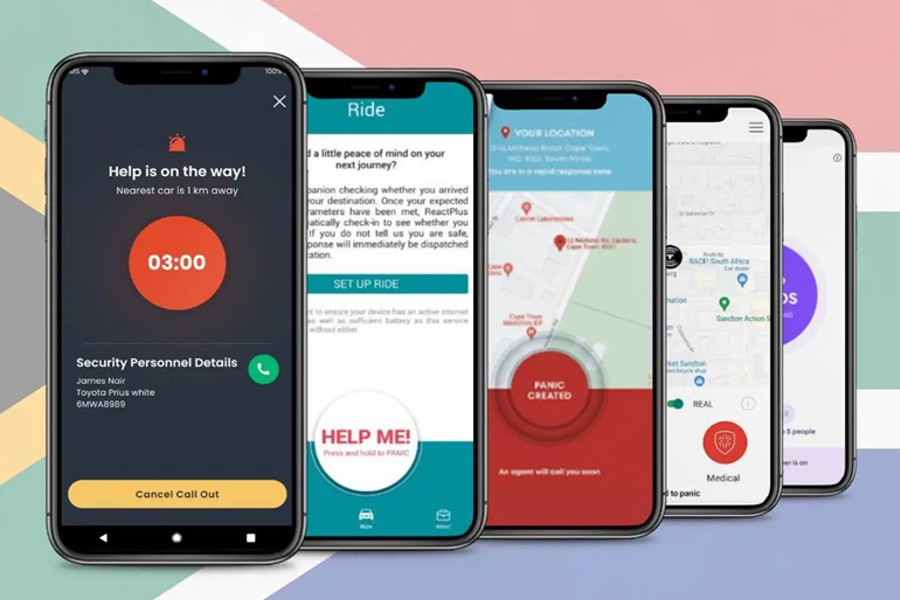
There is no denying that data science is being implemented in a wide range of businesses.
Most of them have realized that operating a business without true data and insight into that data is unfeasible. Those organizations who haven’t realized it yet are more likely to lose against their competitors. In other words, the certainty of data science needs to be addressed because, in the absence of it, businesses risk losing a sizable portion, if not their entire consumer base.
If you are already familiar with data science, you must know that it is a multidisciplinary field that aims to find actionable insights from data. It brings together a variety of diverse approaches to data and scientific methods, systems, processes, and algorithms and uses machine learning, statistics, and data analysis to derive hidden trends and patterns. You will come across the data science lifecycle when you start exploring the basics of this subject or even when you start preparing for a Data science certification. Data acquisition, data cleaning, data analysis, data modeling, and data visualization are the important phases of the life cycle.
In this article, we will particularly focus on the data modeling phase of the data science lifecycle.
What is Data Modeling?
People working in the field of data science know that data is generated in the raw format, and it is of no use until it is analyzed properly and hidden trends are highlighted through data visualization. In other words, only when data practitioners convert the data into human understandable format business leaders can’t use it for decision-making. Consider an architectural building plan, for example. It gives people a better understanding of how the house will look and where different parts of the building will be placed. This is what data modeling does.
Data modeling refers to the process of developing a visual representation of an entire information system or certain components of it with the aim of communicating links between data points and structures. Data modeling enables people to provide examples of the data stored inside the system, how data points are related, and their possible groupings and organizational structures, formats, and properties. Before creating a data model, data practitioners usually collaborate with business stakeholders to understand their rules and requirements clearly so that the model can meet their expectations.
You can use various texts and symbols to describe the data and its flow so as to come up with a streamlined picture of a software system and the data pieces it includes. You must have seen programmers creating a flowchart to explain the working of an algorithm or code written. Even though one may not be familiar with any programming language, the flowchart shows the users what the code is meant to do. Similarly, business stakeholders may not know how to work with data. But a data model shows the picture of what information or insights the data tries to depict. This process also allows data management and analytics teams to discover mistakes in development plans and describe the data requirements for applications.
Different Types of Data Models
You will come across three types of data models usually, namely:
- Conceptual data model
- Logical data model
- Physical data model
A conceptual data model, as the name suggests, is a high-level illustration of how a system will support various business or analytical operations. It outlines the numerous types of data required, the relationships between various business entities, and related business regulations. This kind of model is generally helpful for corporate leaders.
A logical data model is created after a conceptual data model is ready. This kind of model focuses on the technical description of data. It depicts the relationship between data items and highlights other features like keys, data types, the attributes of data structures, etc., in depth. These models are helpful for the technical side of the organization so as to get a better understanding of necessary application and database designs.
A physical data model is particular to the application software or database management system that an organization will use. It specifies the data management and storage architecture that a file system is about to employ. It includes DBMS components like fields, tables, columns, indexes, triggers, constraints, and more. A physical data model is useful for database designers.
Where does data modeling fit in data science?
Now reading the above information, you must be wondering where the process of data modeling fits in the data science lifecycle. While there is no definite phase of the data science lifecycle that every organization agrees upon, most of them follow similar steps with little variation. First, the raw data is collected from disparate sources, the problem is identified, data cleaning takes place, and then comes data model planning and creation.
As part of model planning, the approach that best meets the business needs must be selected so that an automated solution to the identified problem can be created. Exploratory data analysis is often conducted for this purpose. Finally, a data model is created (any of the three types discussed above) so as to select and organize the data in accordance with the requirements and constraints of the project.
We hope that you now have a better understanding of data modeling and how it is related to data science.
Become a Harlem Insider!
By submitting this form, you are consenting to receive marketing emails from: . You can revoke your consent to receive emails at any time by using the SafeUnsubscribe® link, found at the bottom of every email. Emails are serviced by Constant Contact








